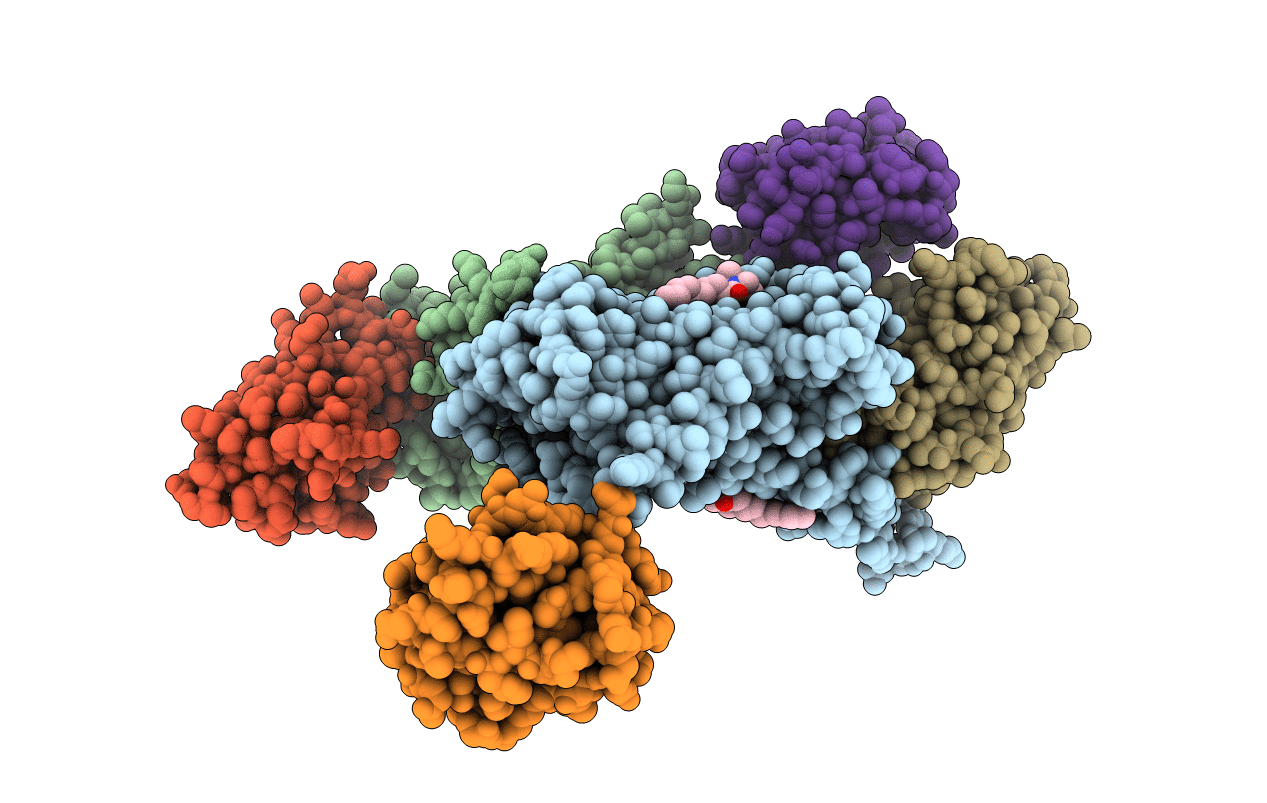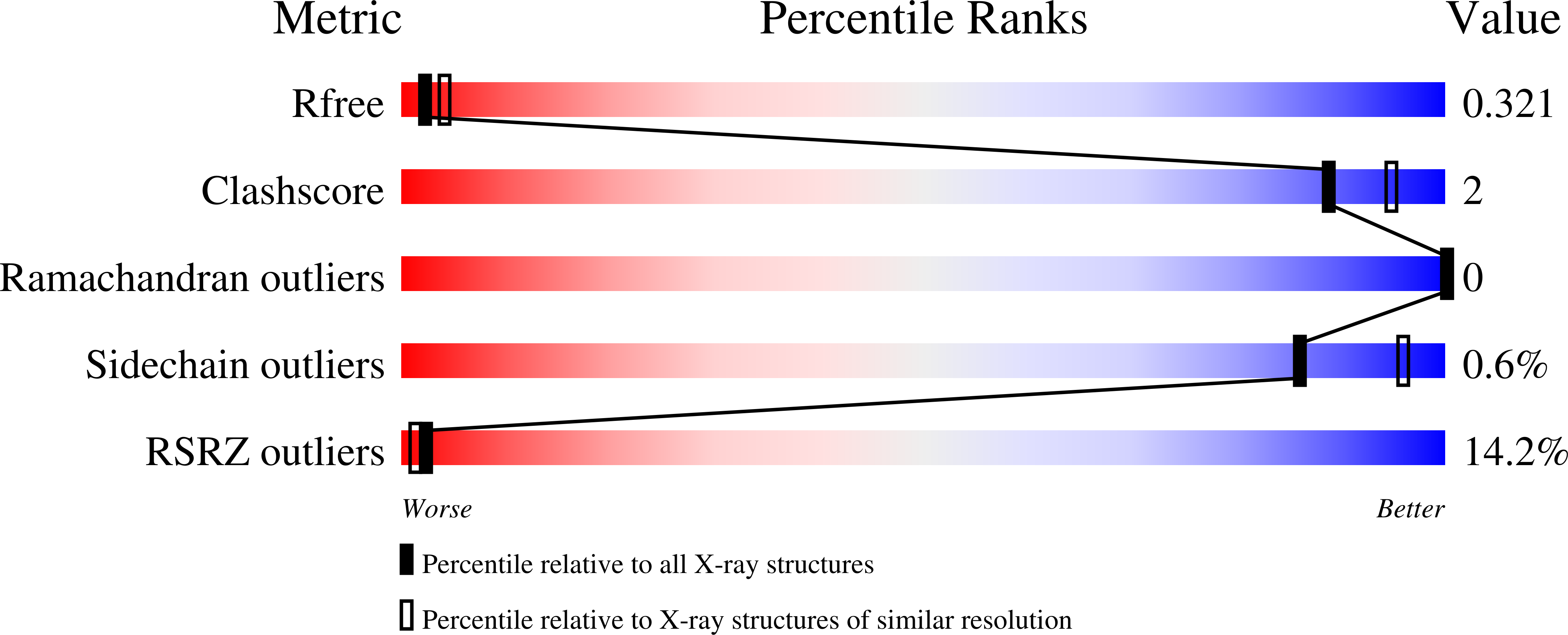
Deposition Date
2018-07-31
Release Date
2018-10-17
Last Version Date
2024-11-06
Entry Detail
PDB ID:
6H7J
Keywords:
Title:
ACTIVATED TURKEY BETA1 ADRENOCEPTOR WITH BOUND AGONIST ISOPRENALINE AND NANOBODY Nb80
Biological Source:
Source Organism:
Escherichia coli (strain K12) (Taxon ID: 83333)
Meleagris gallopavo (Taxon ID: 9103)
Lama glama (Taxon ID: 9844)
Meleagris gallopavo (Taxon ID: 9103)
Lama glama (Taxon ID: 9844)
Host Organism:
Method Details:
Experimental Method:
Resolution:
2.80 Å
R-Value Free:
0.31
R-Value Work:
0.28
R-Value Observed:
0.28
Space Group:
P 21 21 21


